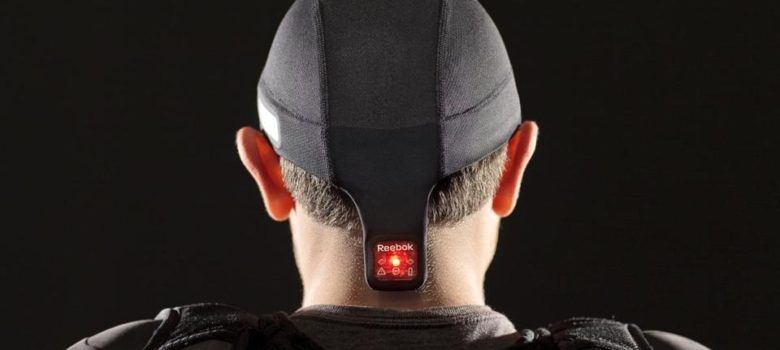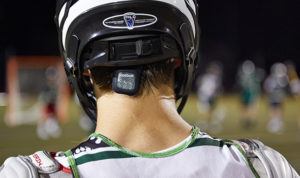

Concussions: Looking back, looking ahead (Part 2 of 2)
by Daniel F. Kelly
For most athletes who suffer traumatic brain injury, the best medicine is rest, which gives the brain time to heal itself. But a small number of patients can experience symptoms for a year or more that include headaches, dizziness, vision and balance problems, and trouble with memory. Some even suffer from behavioral and mood changes, such as depression, irritability, poor motivation and apathy. After a concussion, returning to the playing fields too soon can have long-term health consequences.
For people with more severe symptoms, the new Concussion Management Clinic, at the Cusumano Outpatient Neuroscience Center at Providence Saint Joseph Medical Center in Burbank is a welcome relief. Here, athletes undergo a series of neurological tests to evaluate the severity of their concussions. The workup includes a detailed neurological exam that checks strength, sensation, coordination, problems with balance, reflexes and gait, visual difficulties, headaches, nausea or light sensitivity. In addition, the ImPACT test, devised by doctors and utilized by a number of professional sports organizations including the National Football League and National Hockey League, as well as more than 10,000 school districts across the nation, is just one of the state-of- the-art tools used at the clinic to diagnose concussions.
The test is a 20-minute computerized exam that measures subtle changes in cognitive functions that can’t be spotted by conventional tests, like CT scans and MRIs. It evaluates word recall, verbal and visual memory, reaction time, and speed and accuracy by seeing how fast participants are able to respond to visual cues on the screen.
These new developments come at a time when there is growing awareness of the lasting damage these blows can do, especially to youthful athletes whose brains are still developing. Now student athletes are given a baseline ImPACT test before the sports season starts. Then if they have a suspected head injury, they take the test again for comparison.
Teenage players sustain nearly 2 million brain injuries every year, according to the Centers for Disease Control and Prevention, which has concluded that sports concussions have reached an “epidemic level.” High school football players who suffered two or more concussions reported mental problems at much higher rates, including headaches, dizziness and problems sleeping, according to recent research.
In recognition of this, in January, California became the latest of 20 states to enact stringent legislation that aims to reduce brain injuries and concussions among middle and high school football players. The new law bans full-contact football practices in the off-season and limits the amount of full-contact practices in the regular season to two sessions per week. It also ensures that student athletes who have suffered a brain injury do not return to play before they’ve completely recovered.

Many companies have begun to develop wearable technologies that monitor head trauma during sports. While no one sensor has emerged as an overall winner, these devices provide data that can significantly reduce the overall negative consequences of concussions over a player’s lifetime. Input from medical professionals and researchers is required to fully understand the hit data recorded and at only $100 to $150 per player, using wearable hit sensors in high-impact sports like football seems more than worth the investment.
Source: Brain Safety Zone. Innovative facilities, such as the Concussion Management Clinic, help head-injury patients heal; by Linda Marsa. Providence Health and Services, Fall 2015
https://california.providence.org/publications/2015/09/prov-health-fall-2015/
Source: Boston Globe, Editorial Feb 2015
https://bit.ly/1Vq8udv
About the Author

Daniel F. Kelly
Daniel F. Kelly, MD, is the Director of the Pacific Brain Tumor and Pituitary Disorders Centers at Providence Saint John’s Health Center in Santa Monica, CA. Considered to be one of the top neurosurgeons in the U.S., Dr. Kelly is internationally recognized in the field of minimally invasive keyhole surgery for brain, pituitary and skull base tumors. He continues to focus his efforts on advancing innovative treatments for patients, providing fellowship training in minimally invasive neurosurgery, and patient education and support.
Last updated: November 13th, 2019